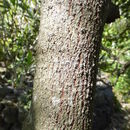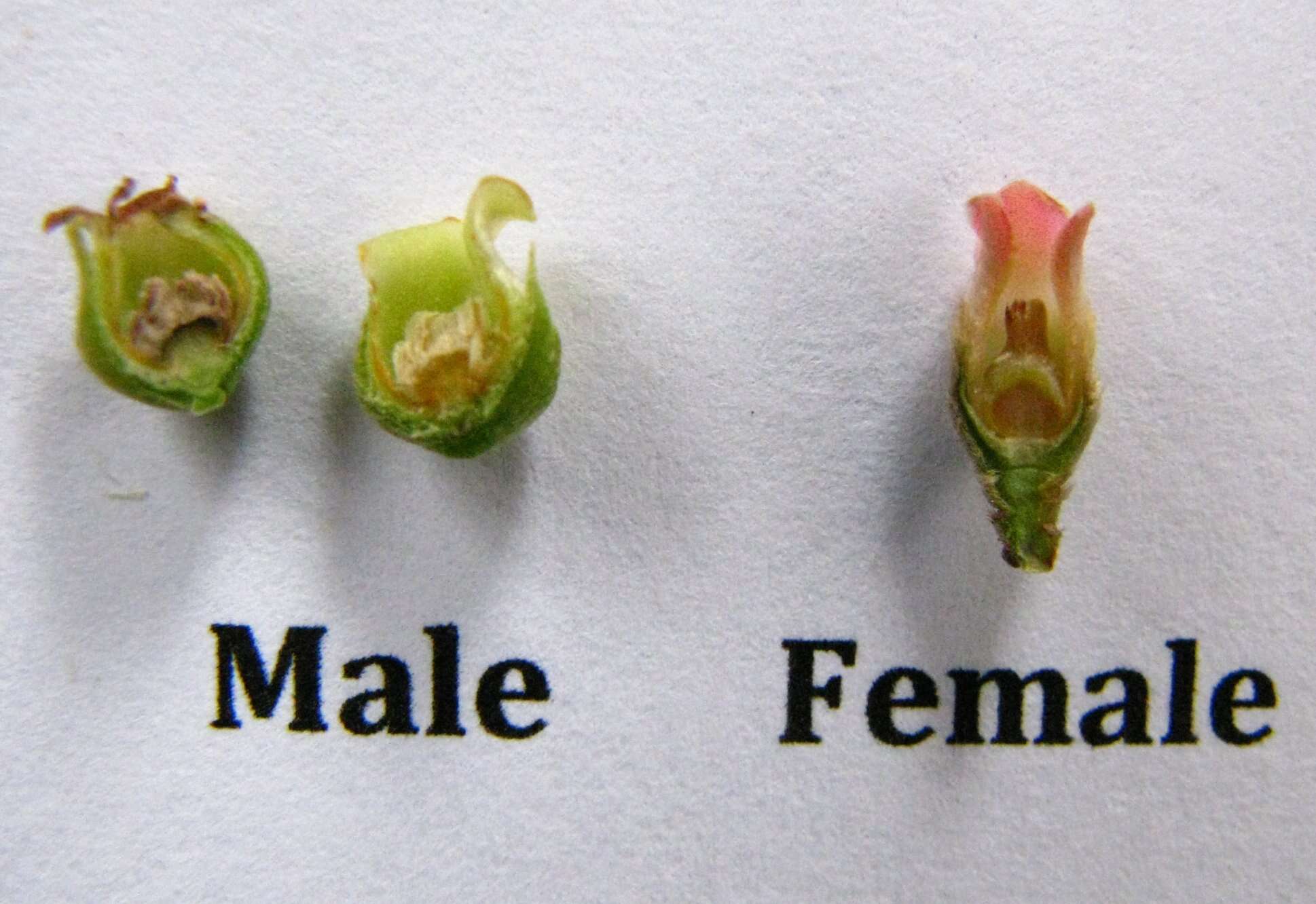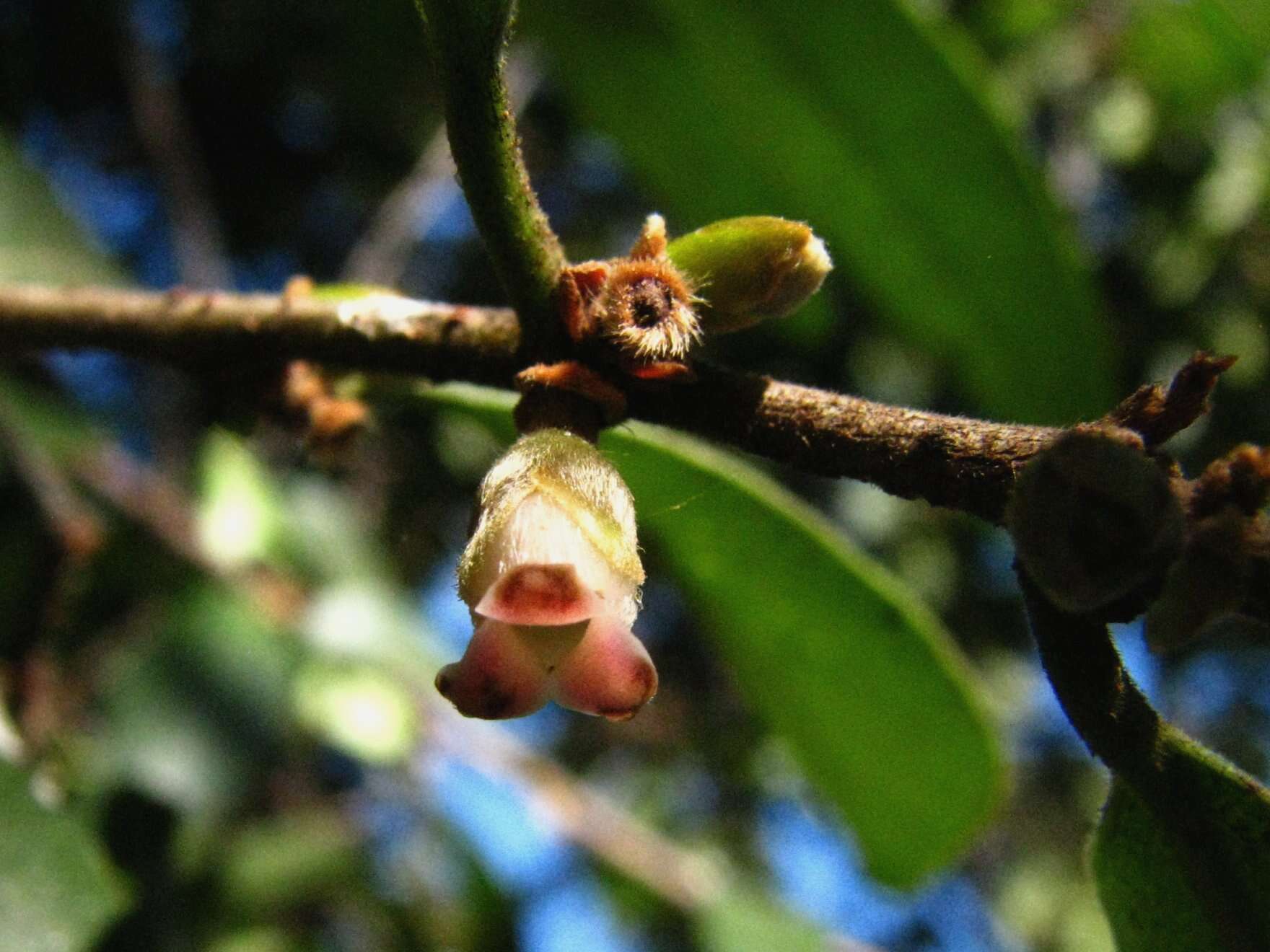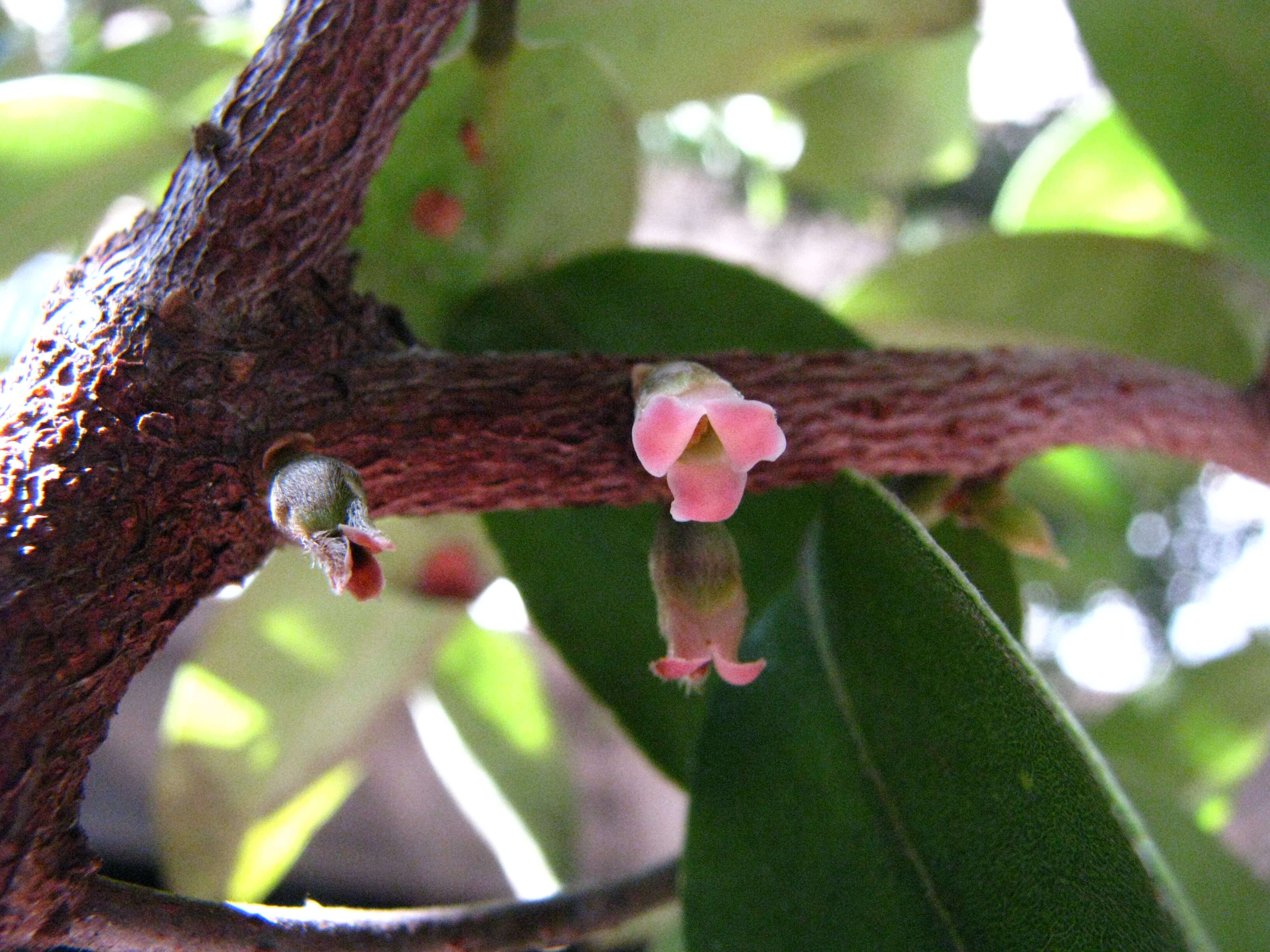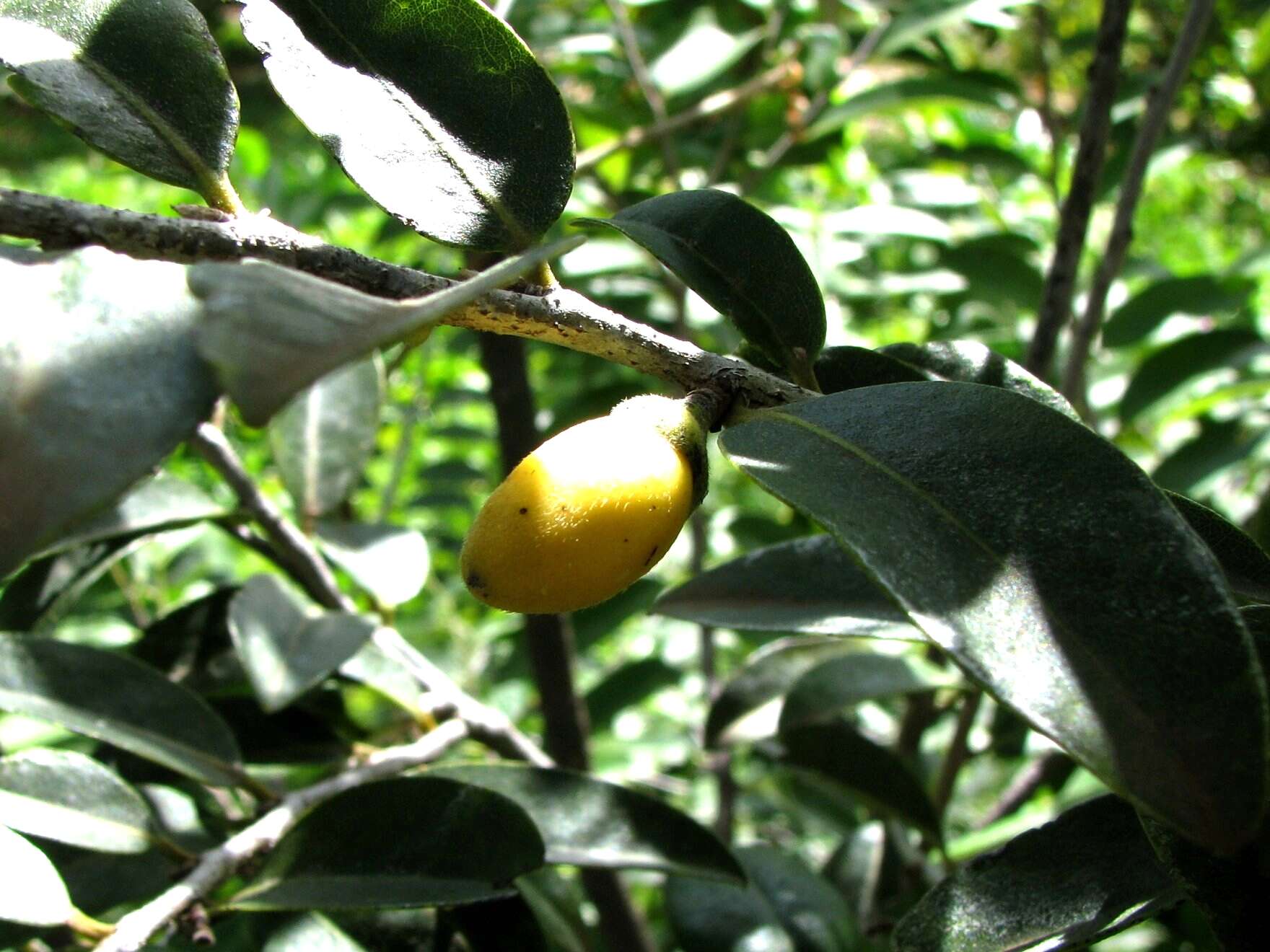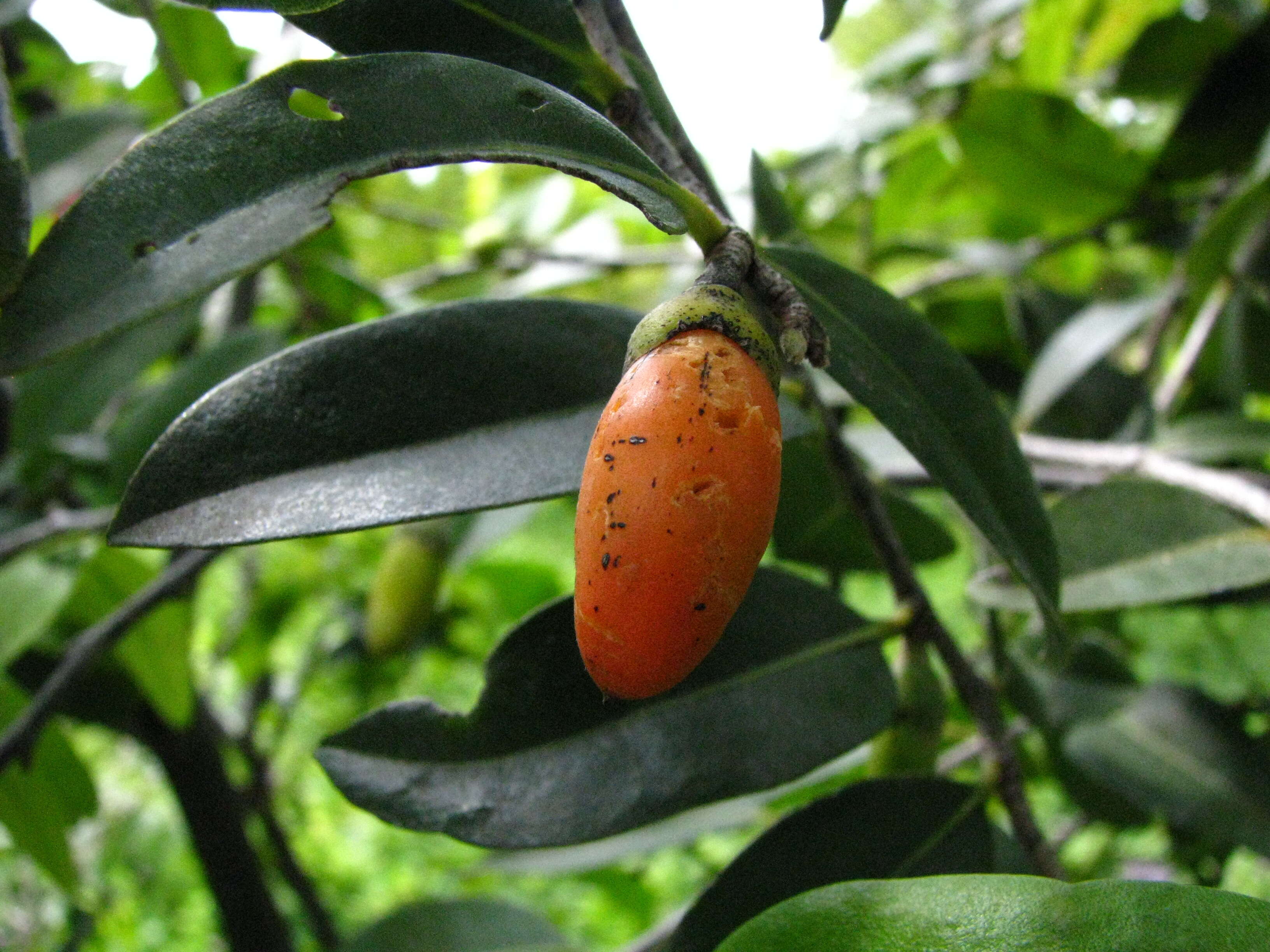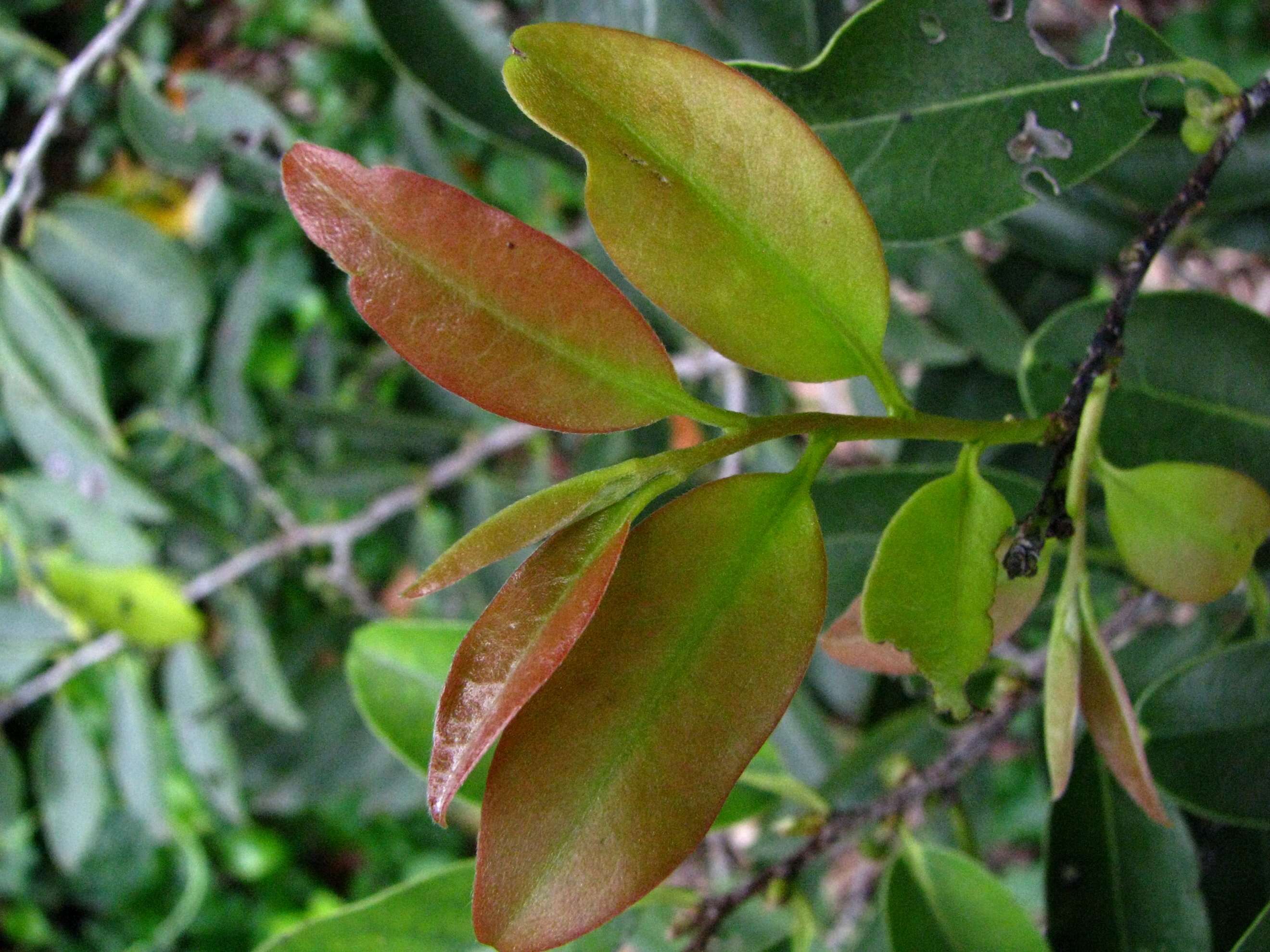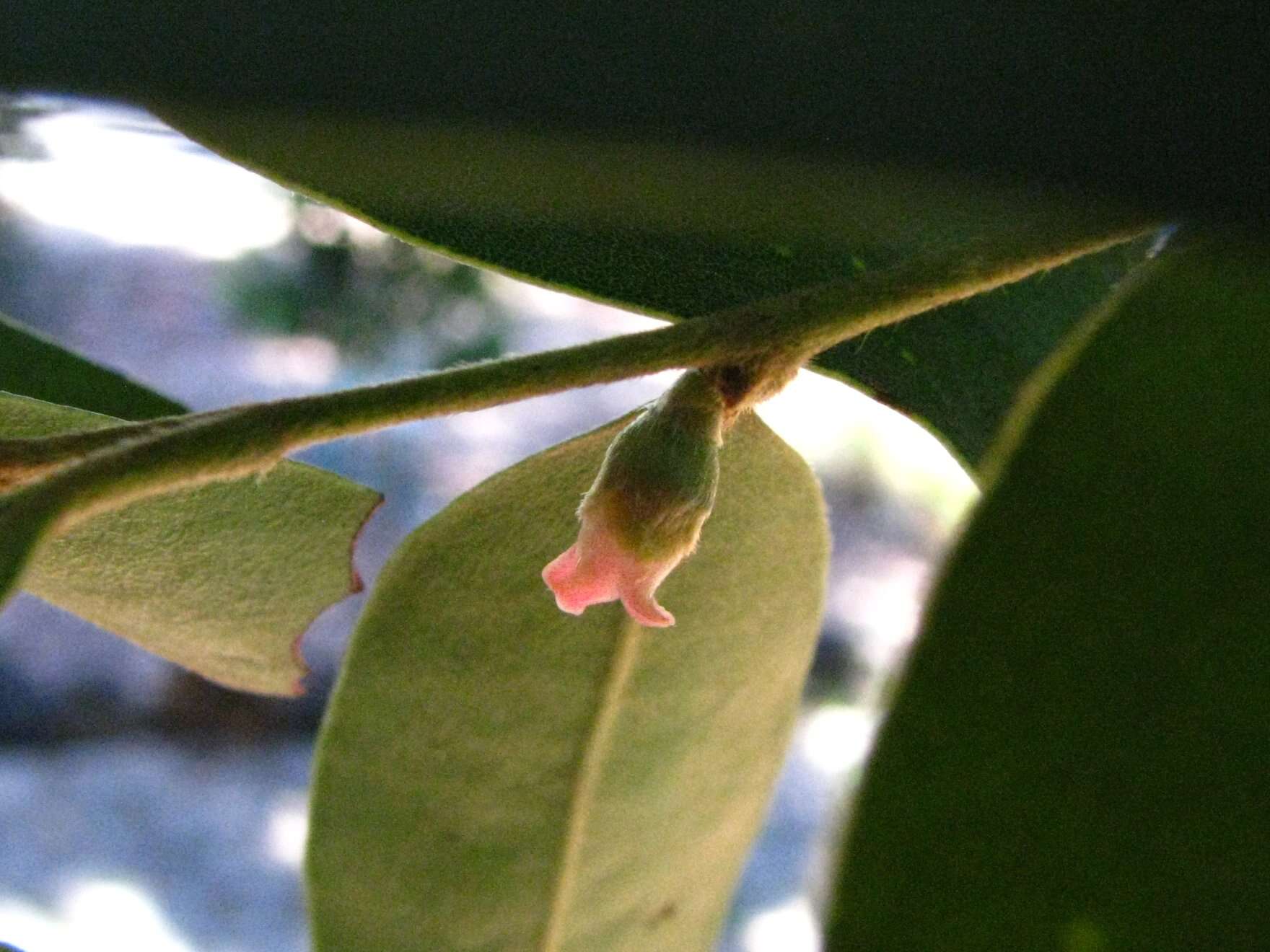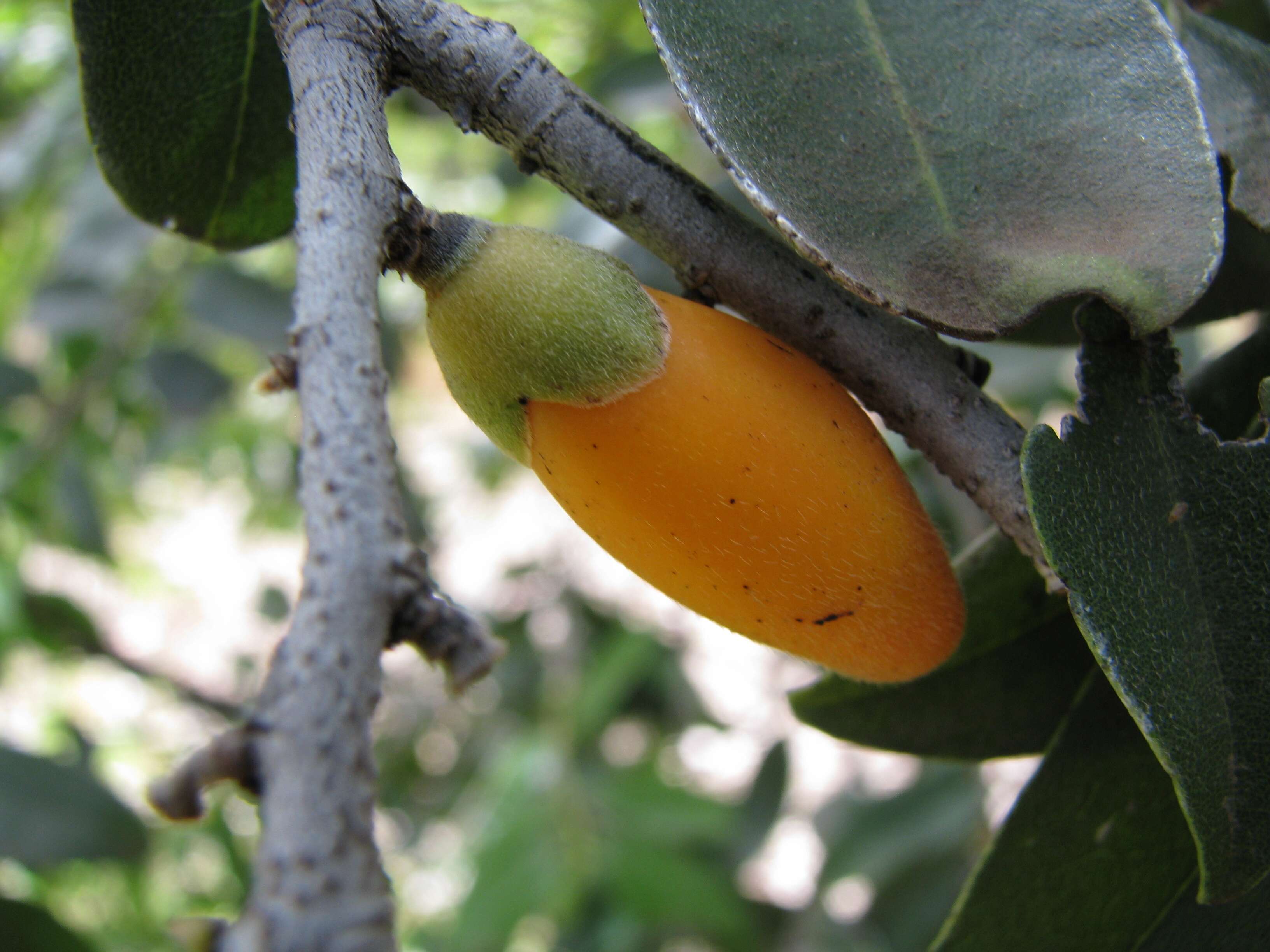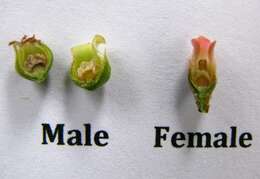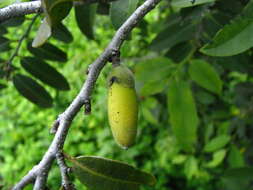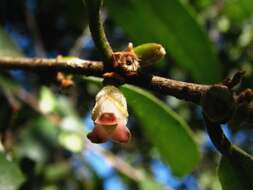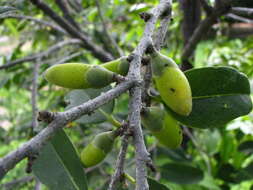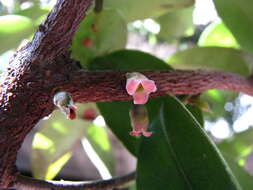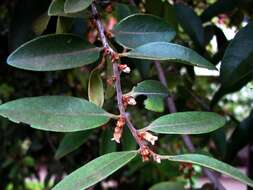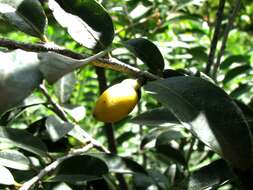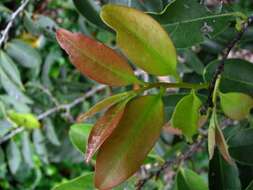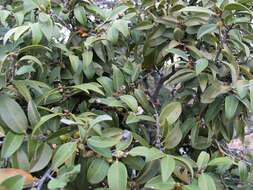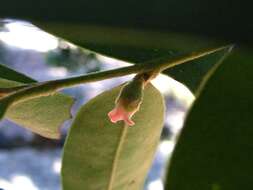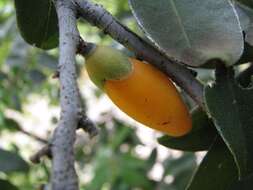Lama or lamaEbenaceae (Ebony family)Endemic to the Hawaiian IslandsOahu (Cultivated)This is Hawaii's native persimmon. The edible fruit of lama, called pioi, were eaten by early Hawaiians.The Hawaiian name Lama means light or enlightenment." How apropos that the Kapiolani Community College Library (Oahu) building is called Lama.A modern-day section of Honolulu, a school, and a canal are all named Kaplama, means "the lama wood enclosure," where high chiefs were protected. Plama, a street and another section of Honolulu, means "lama wood enclosure."Primarily, the hard wood was used. Early Hawaiians used lama sticks (auk) to strengthen large one-way-in-no-way-out fish traps. Lama lama means torch, which were used at night for fishing.The wood was used for the framework of houses, temple construction, and handles for stone chisels.Lama wood was used as medicine. Huts (pupupu hale) were made in a single day of the wood during the daylight (lama) hours and the sick were placed inside them for curing. The dark wood was also placed on altars as the name suggests for enlightenment.Inside a hlau hula was an altar (kuahu) on which a block of lama (Diospyros sandwicensis) was placed. The wood represented the goddess of hula, Laka. The semi-sweet fruit is enjoyed by hikers and backpackers today. The wood is occasionally used in modern wood working today.A modern-day section of Honolulu, a school, and a canal are all named Kaplama, means "the lama wood enclosure," where high chiefs were protected. Plama, a street and another section of Honolulu, means "lama wood enclosure."EtymologyThe generic name Diospyros is derived from the Greek, dios, god (Jove, Zeus, Jupiter), and pyros, grain in reference to the edible fruit in some species.The species name sandwicensis refers to the "Sandwich Islands," as the Hawaiian Islands were once called, and named by James Cook on one of his voyages in the 1770's. James Cook named the islands after John Montagu (The fourth Earl of Sandwich) for supporting Cook's voyages.
nativeplants.hawaii.edu/plant/view/Diospyros_sandwicensis

